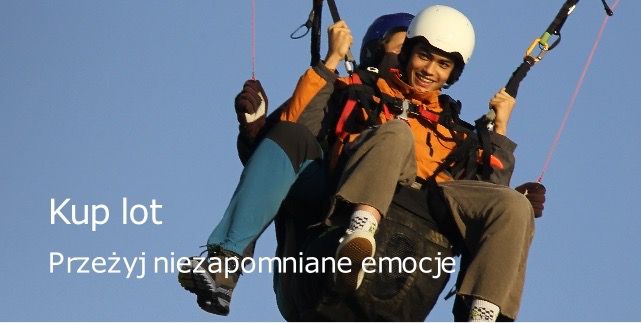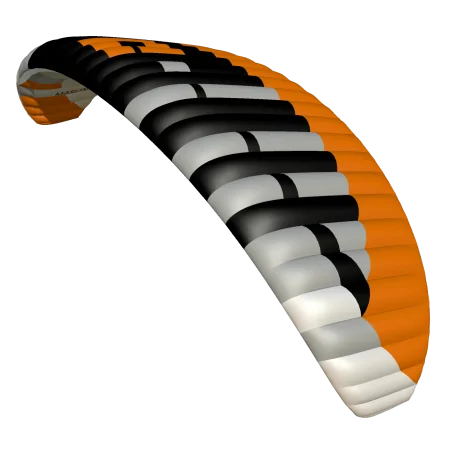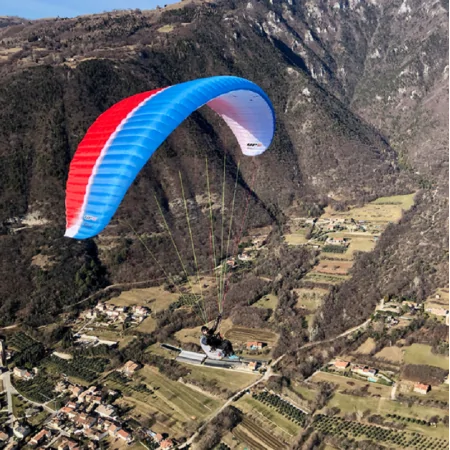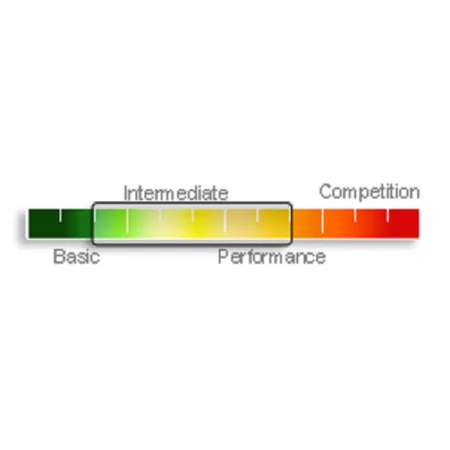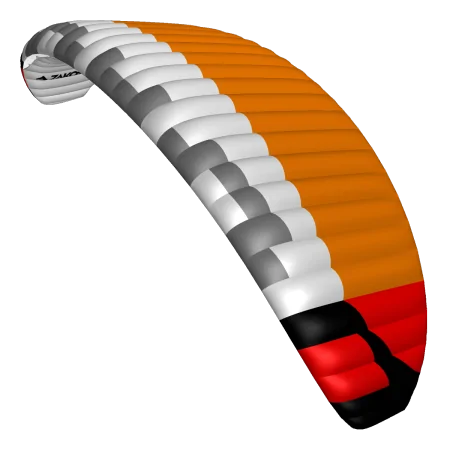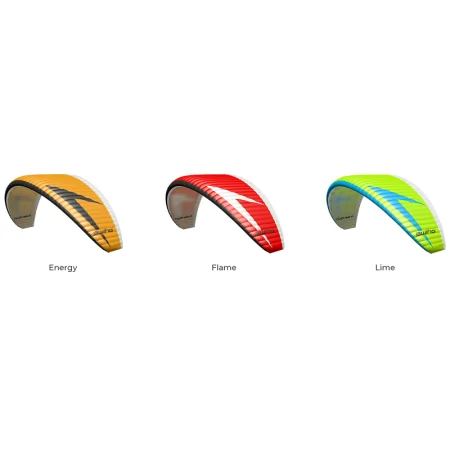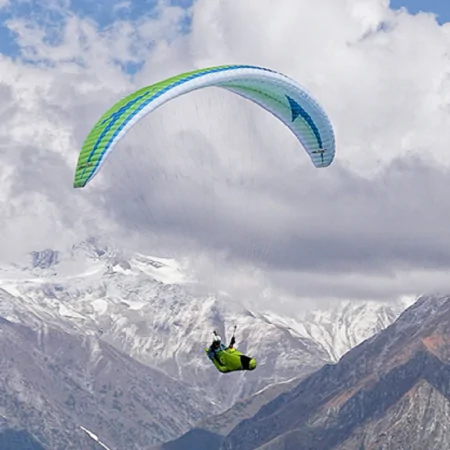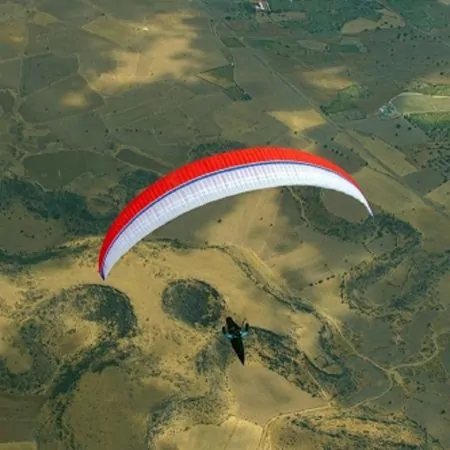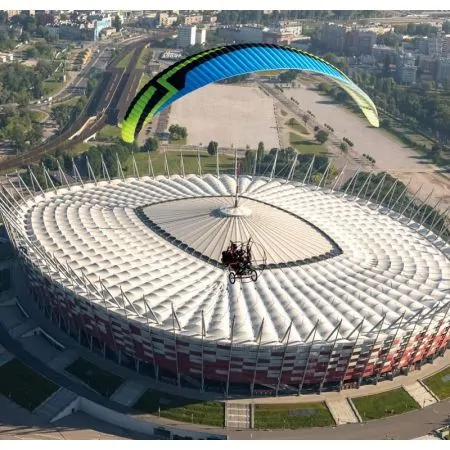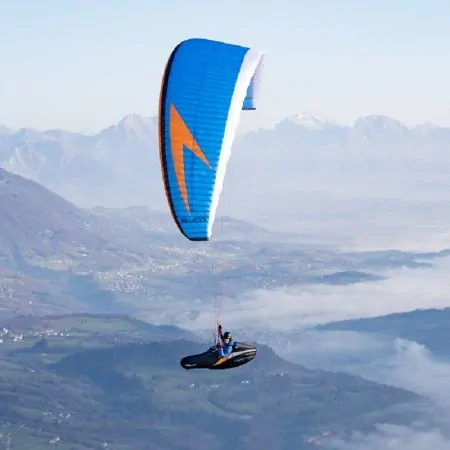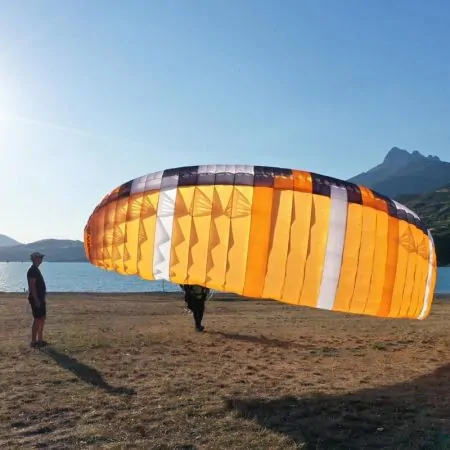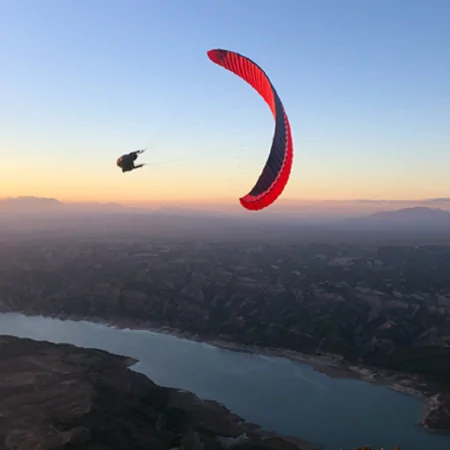LIBRA RS
LIBRA RS
...the game-changer!
Based on the successful and proven genes of our SPHERA RS, the LIBRA RS is a semi-light and easier-to-pilot version of our high-performance glider.
With an aspect ratio of 6.9 and a canopy weight starting from 3.7 kg, the LIBRA RS is one of the finest gliders in the new EN-C 2-Liner class. Despite our initial disbelief while reviewing the test flight results, due to them being so good, it is important to note that the LIBRA RS is designed for experienced Pilots who seek the highest performance levels in their flying equipment.
The LIBRA RS offers you maximum reliability and safety in the new EN-C 2-Liner league, allowing takeoffs and landings in difficult terrain, or when there is less-than-optimal wind conditions. During flight, RAST ensures high stability and precise tracking, guaranteeing fatigue-free flying over long distances even in demanding conditions.
Like its “big brother,” the SPHERA RS, the LIBRA RS provides maximum control and comfort for an unparalleled flying experience.
RAST for maximum control in every situation
High performance 2-liner with the safety of EN-C class
Semi-light, compact design,
and a canopy weight starting from 3.7 kg
Who is the LIBRA RS for?
We developed the LIBRA RS for experienced adventure and XC pilots seeking the performance of a 2-liner, without compromising on the safety of the EN-C sports class. With its intelligent, semi-light, and compact design, the LIBRA RS is robust enough for extended hike & XC fly tours as well as daily use. RAST also provides maximum control in every situation, allowing you to make the most out of your flying day.



